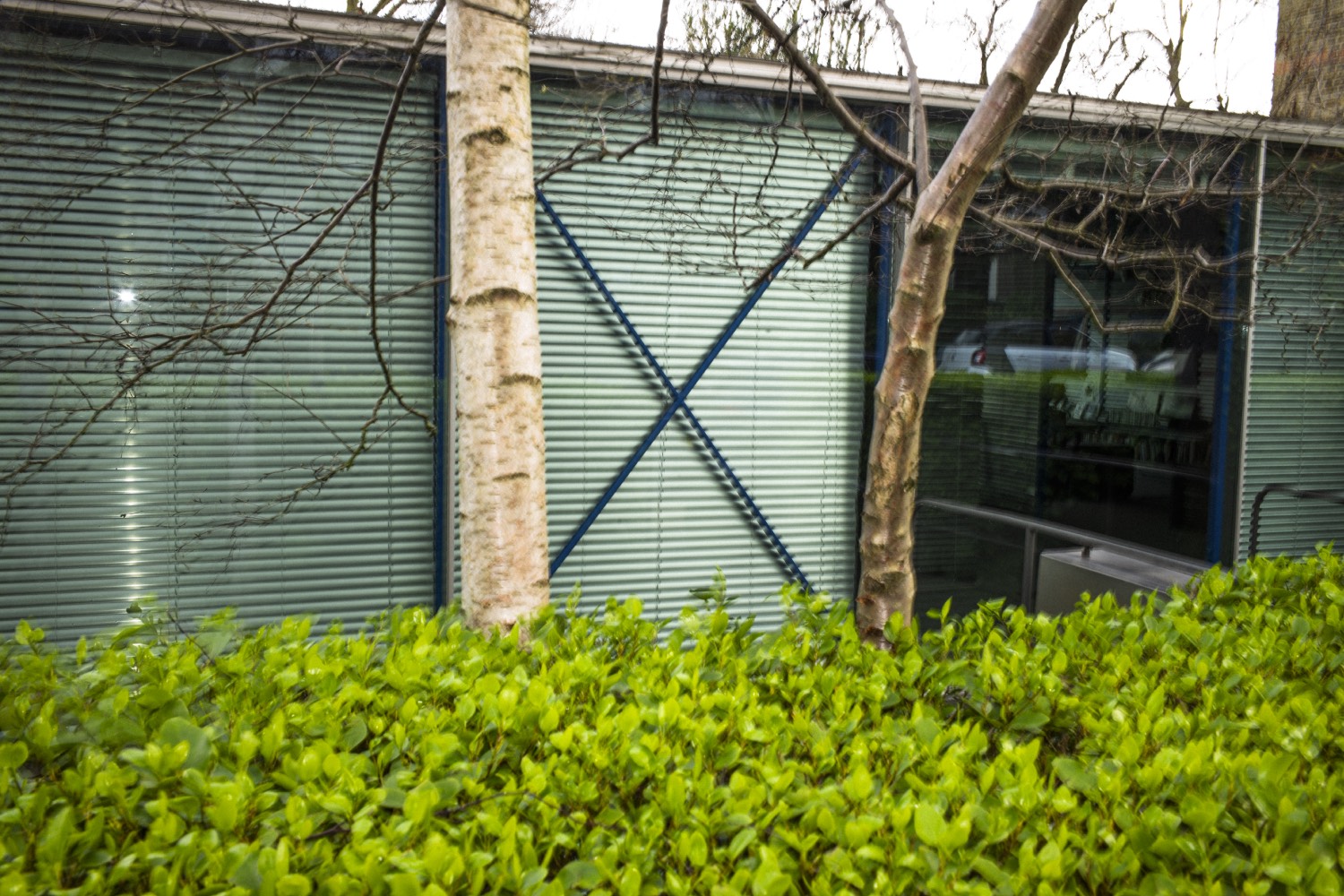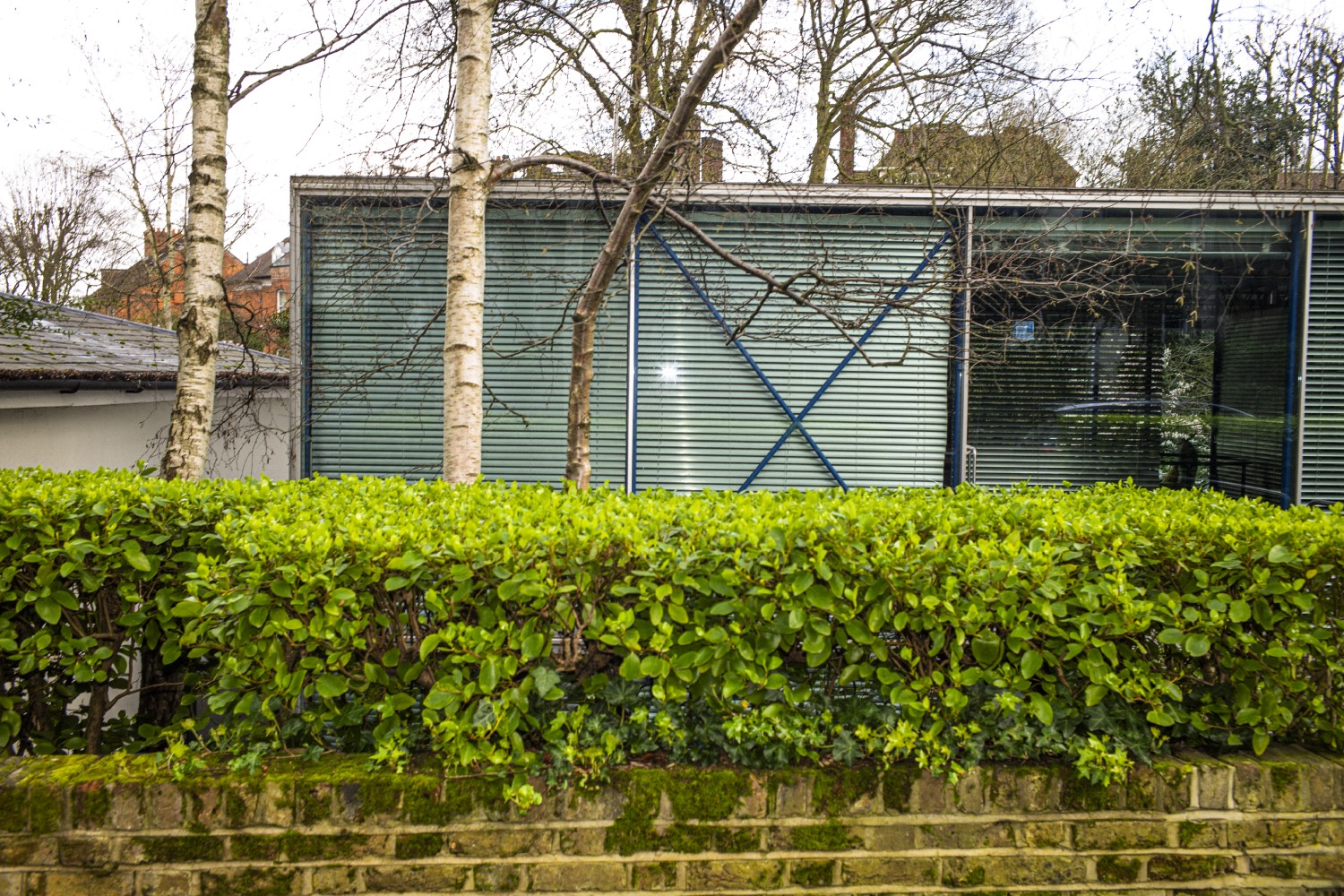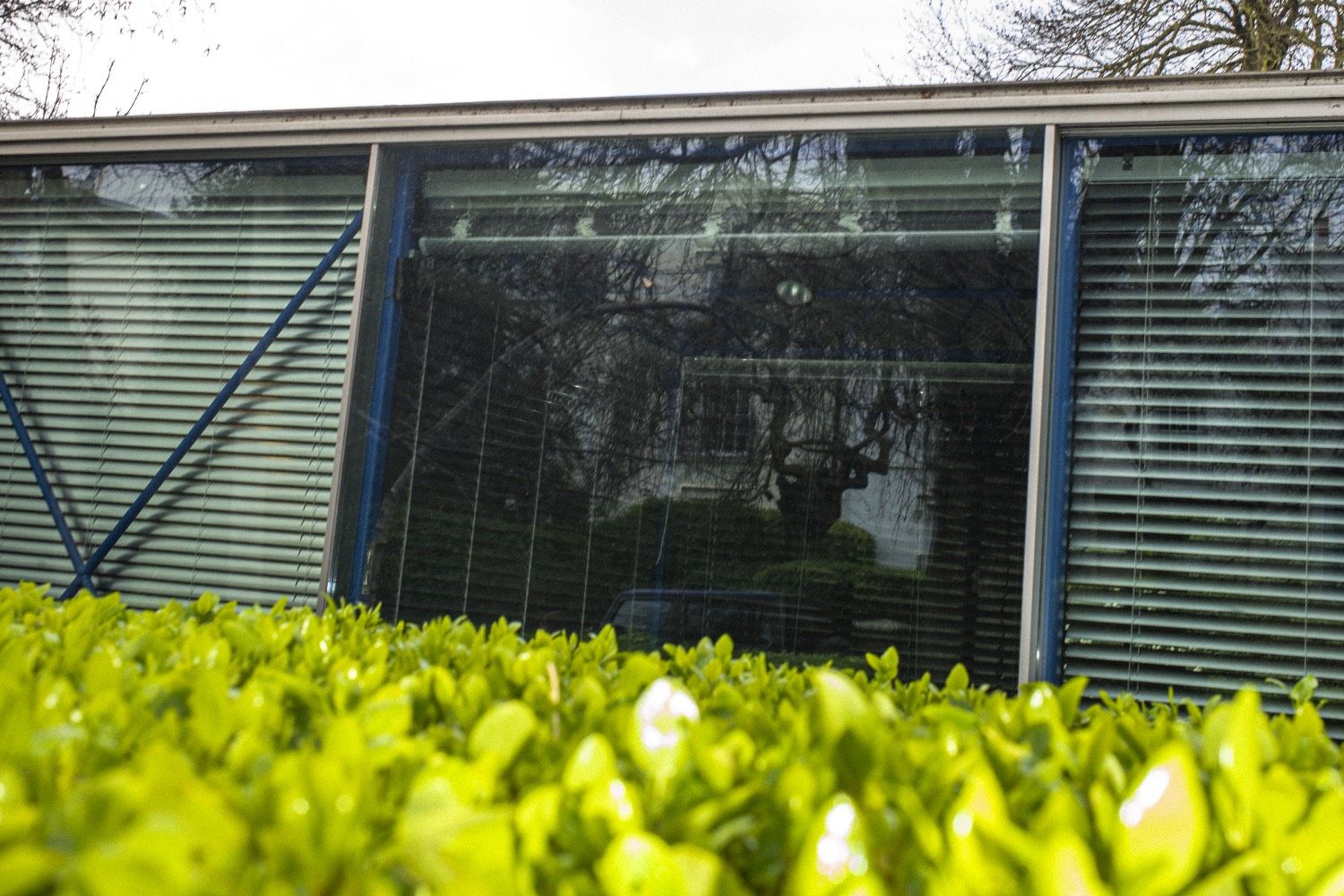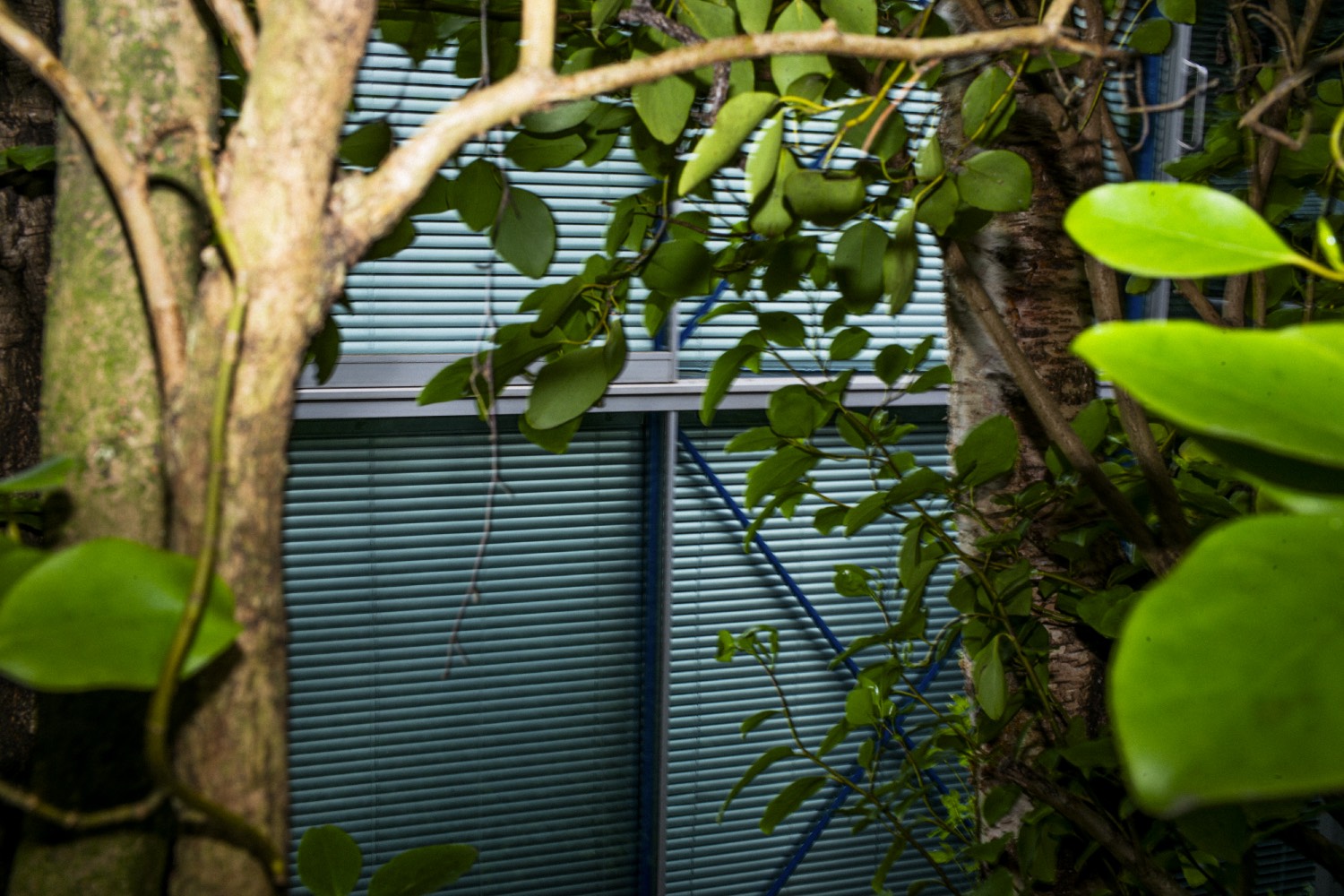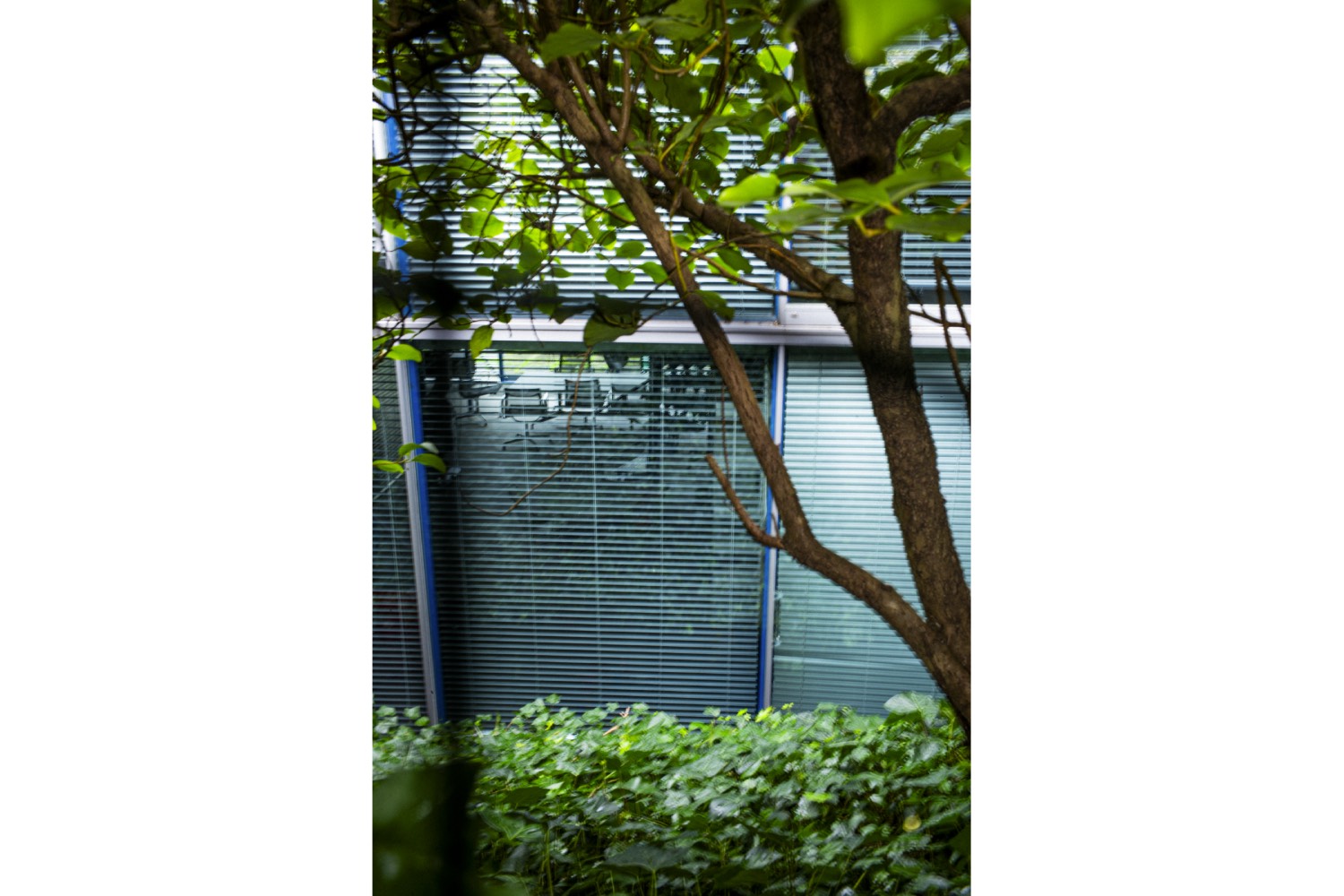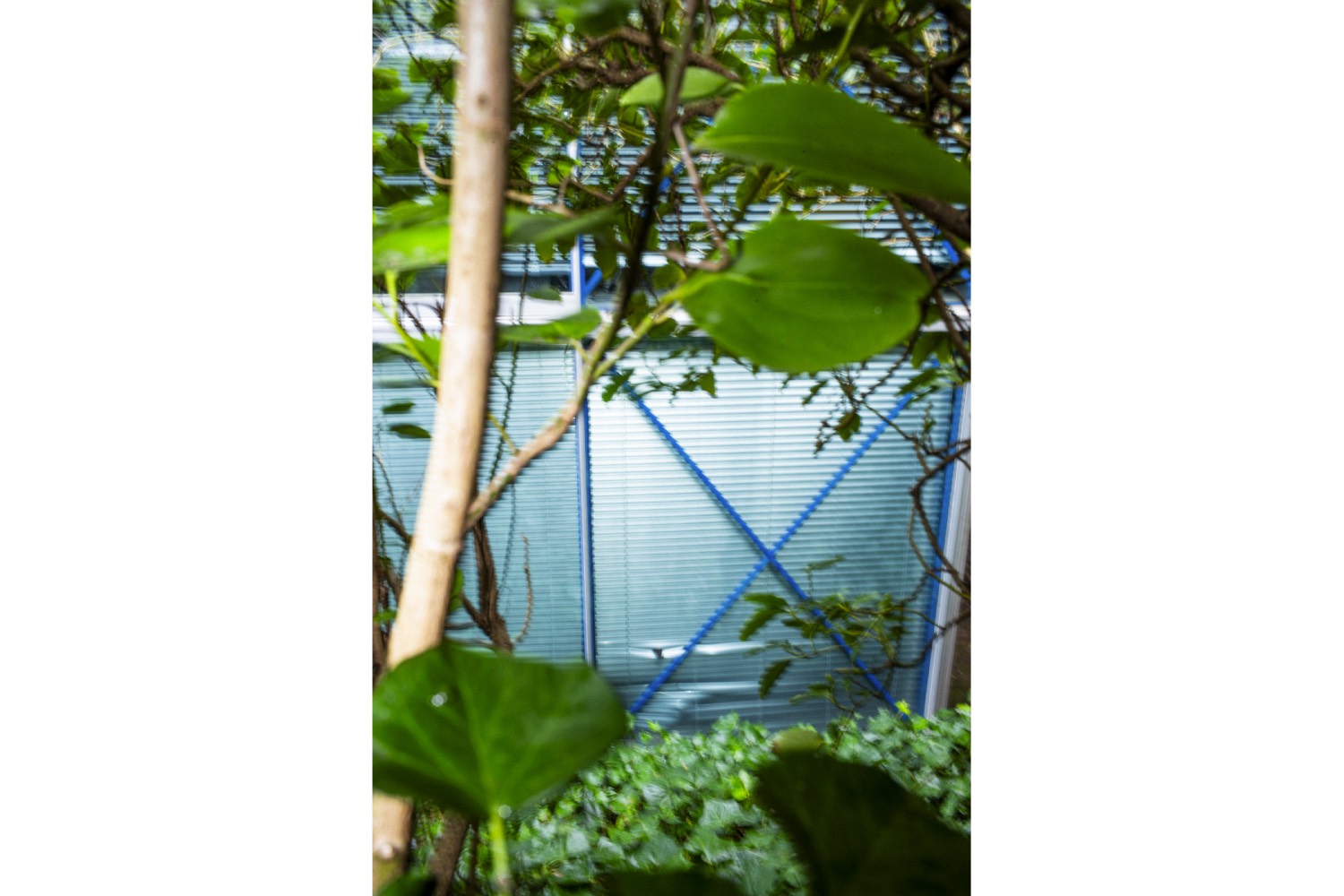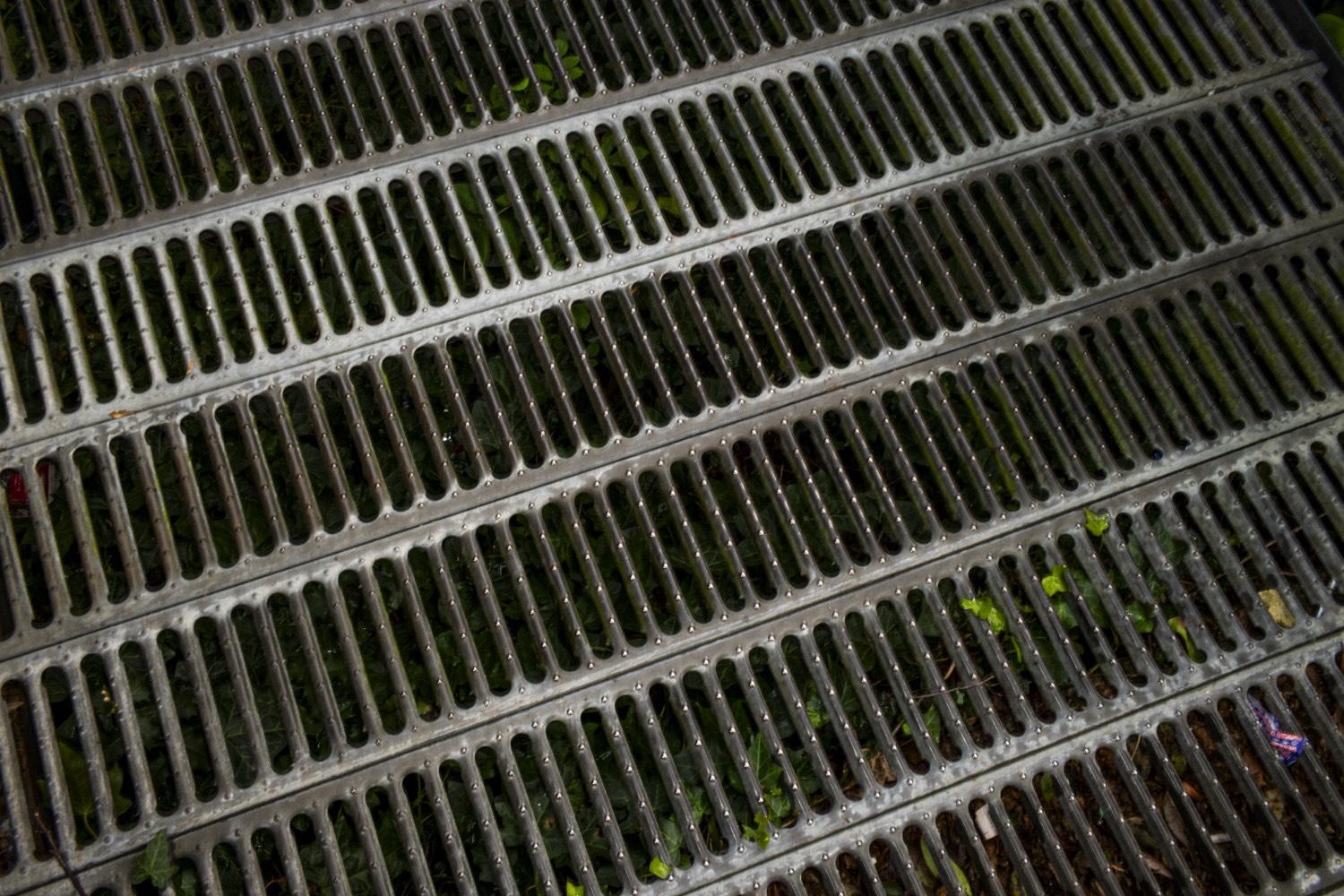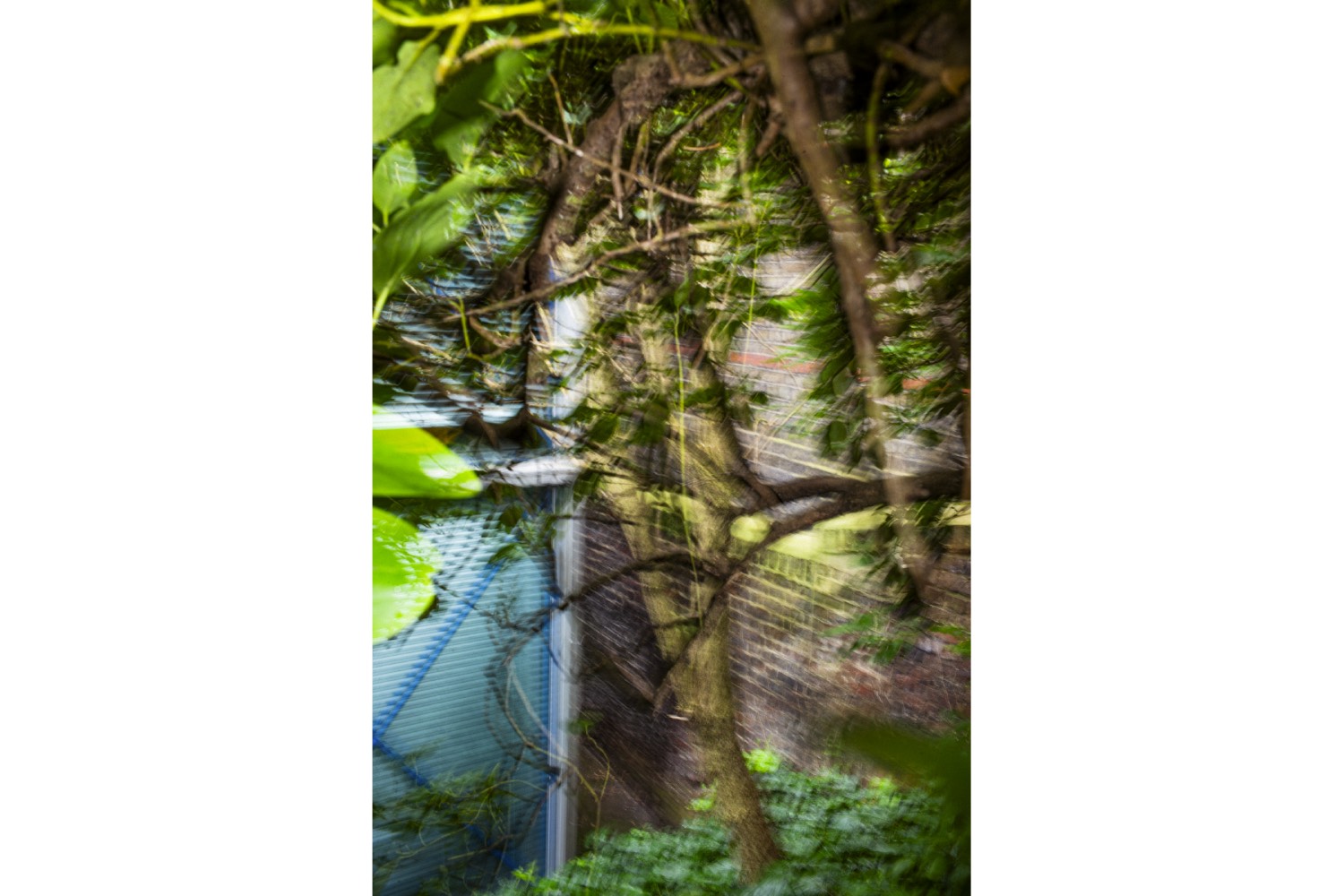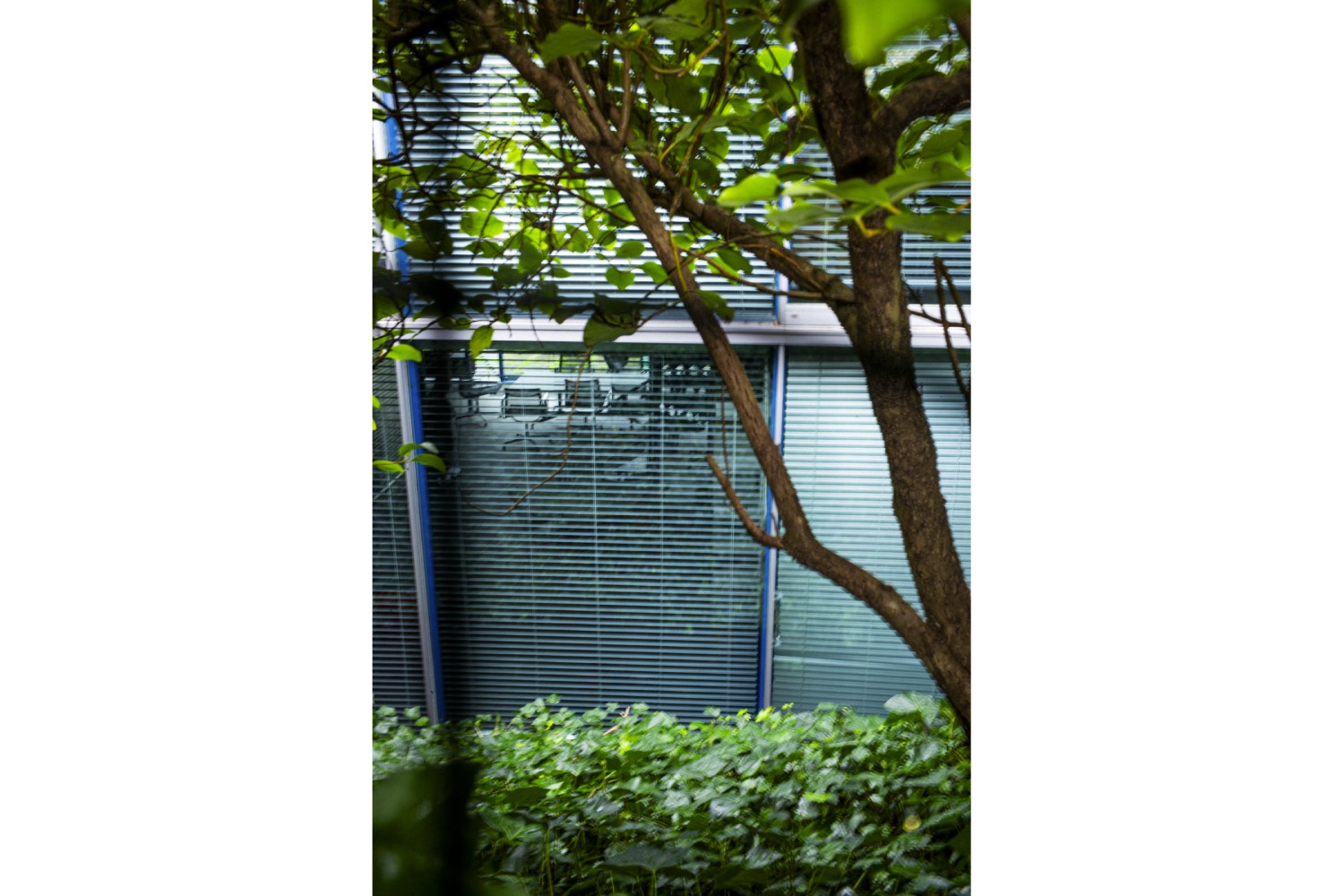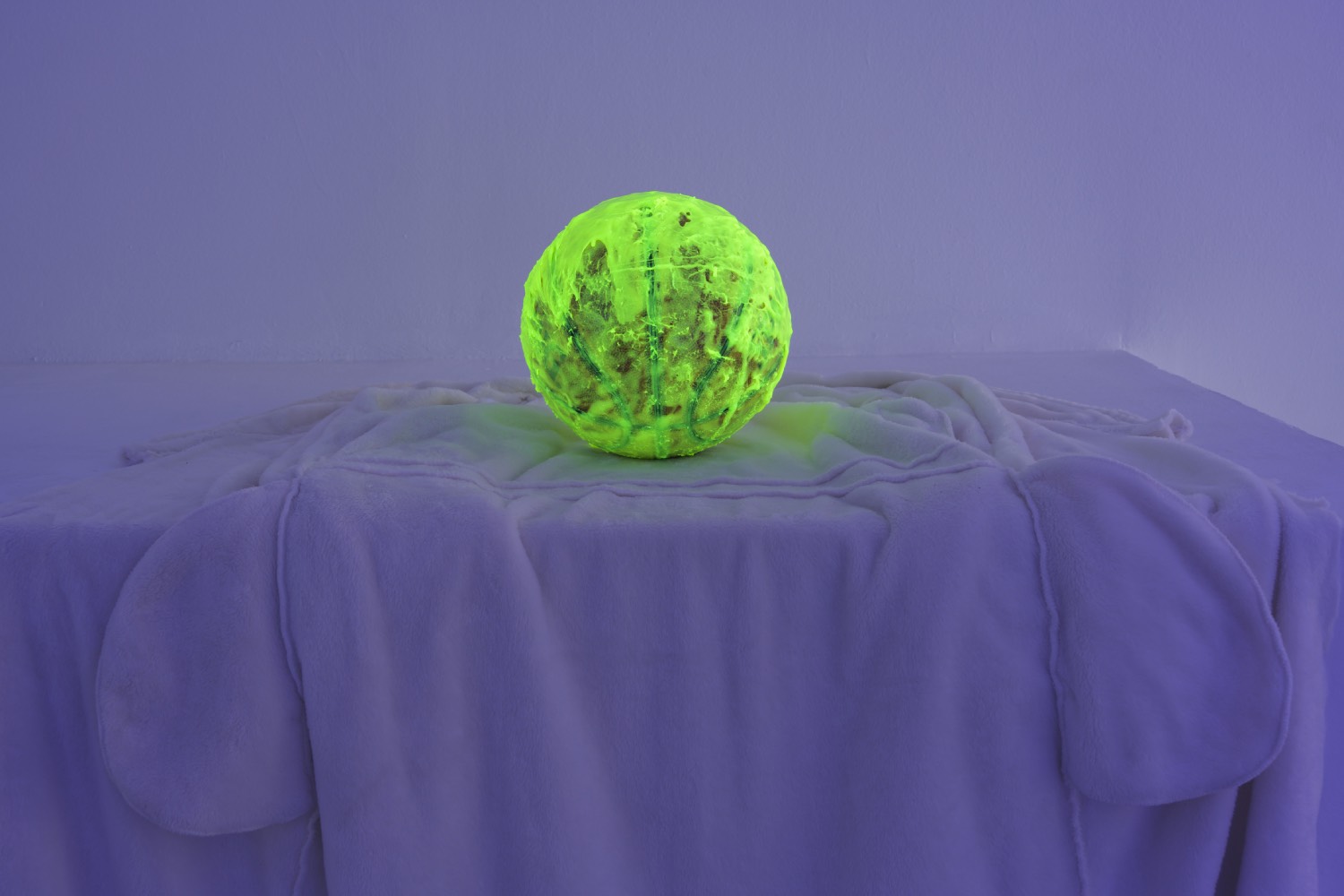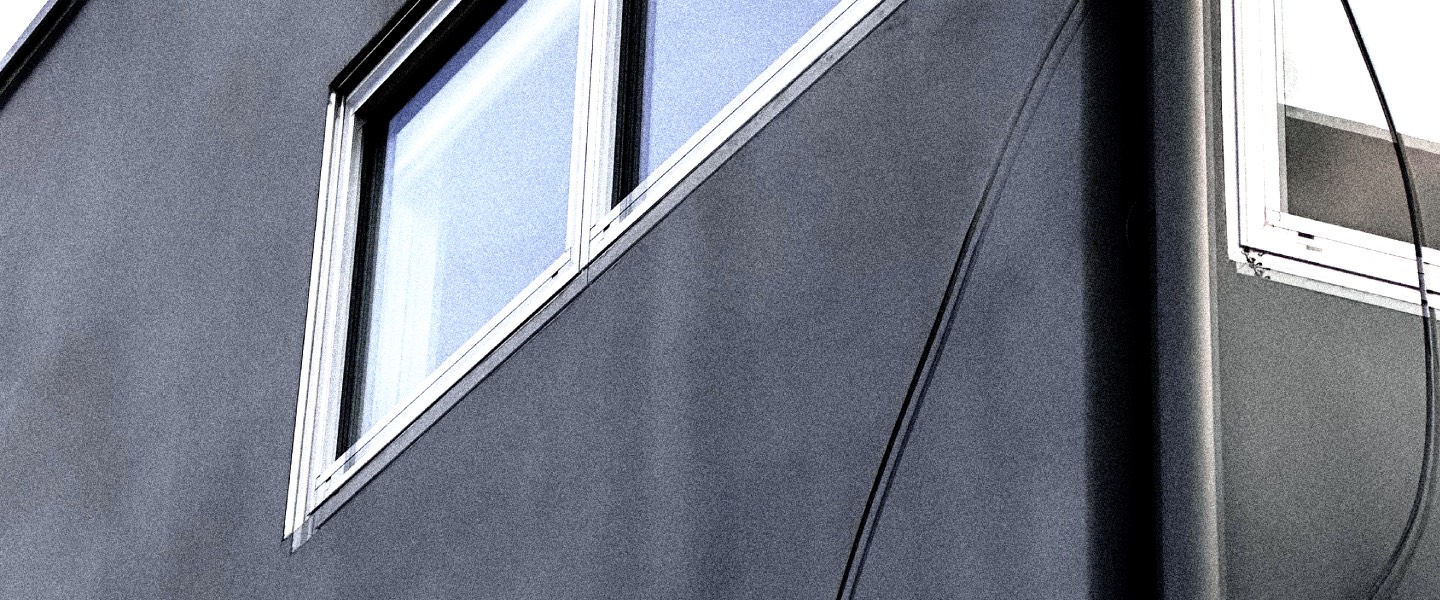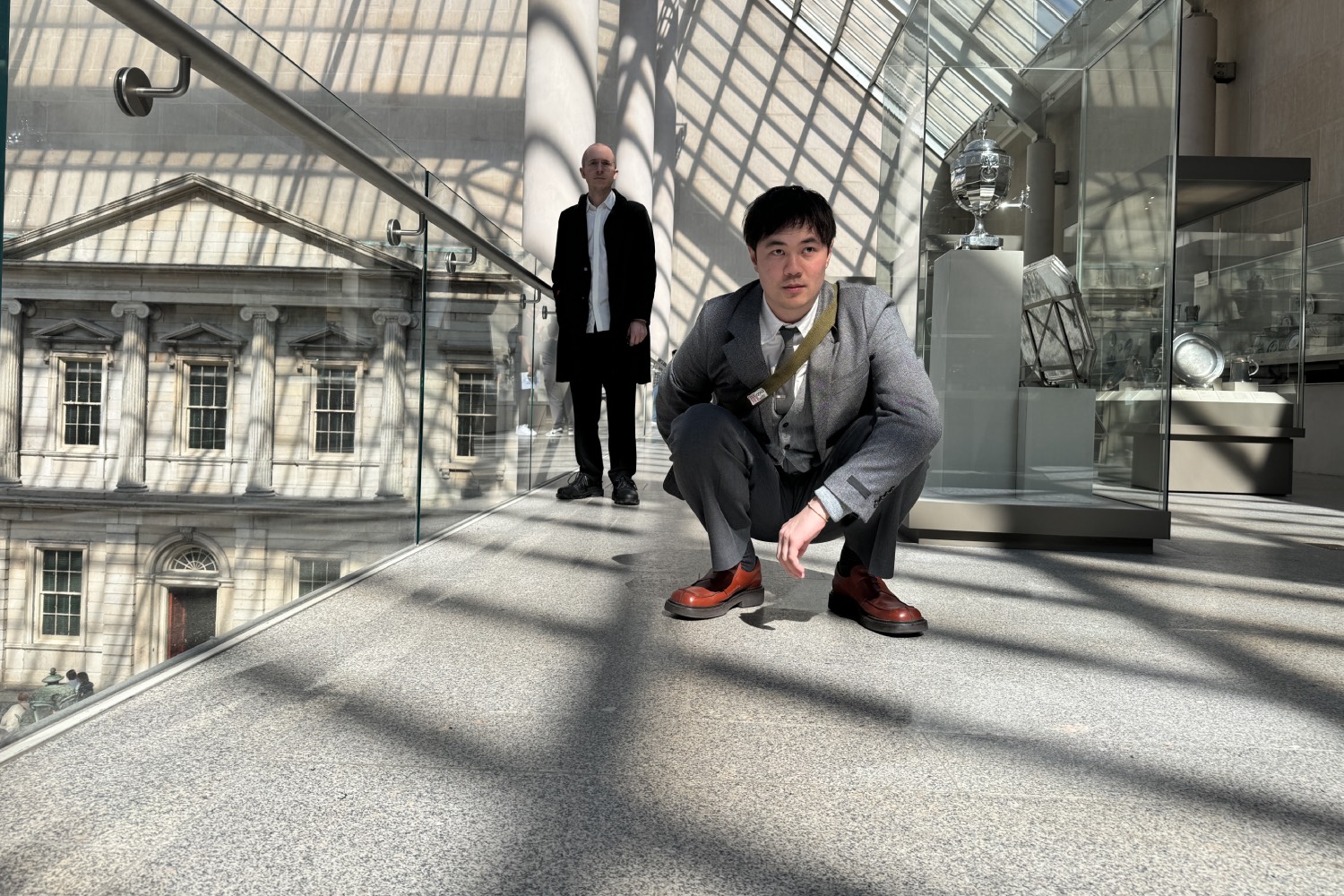High Stakes
Michael Hopkins, together with his wife Patty, designed a steel, aluminum, and glass house. Housing the practice and a reduced format of living. A now companion to a specific history of British design. A perfectly lightweight, high-tech victim villa. Any crime can contribute to its contemporary specificity: homicide is too baroque and redundant; consider intellectual property theft or financial fraud directly targeting a generalized Hampstead homeowner, launched by thin servers embedded in the all-wired floor paneling. Technology can absolve a welcome disappearance.
High-Pitch
Whitehouse is a band that professionalized extreme electronics. Their best-album is Birdseed, released in 2003.
Mono-Obsessing I
Each visit to this place leaves me feeling on the precipice of malfunction, perpetually teetering on the brink of collapse. I am a fractured semblance, a charlatan, a jester, a being on the verge of outcry. Like a widow tracing the contours of a tombstone, I seek solace in this domicile, yearning for elucidation amidst its stoic walls. This house stands as an endometrium, staunchly deflecting all tears shed within its confines. The haphazard trajectory of sorrow would be dwarfed by the commanding presence of the “X,” the symbol of both cross and nexus, an omnipotent force etched into the passive barrier, a silent commentator on one’s essence, one’s debts, one’s patterns. Those who concern themselves solely with form may be deemed foolish, yet this is an exception — a perfection so unattainable, an alienation that tantalizes because it embodies all one aspires to be. The gleaming stasis of this domicile is a folly, a testament to the absolute authority of form born from a content too profound to fully grasp, hence eternal. To be this house is preferable to being oneself. To be this house is preferable to being anything else.
Hi There!
British high-tech architecture, a parallel evolution of the bowels of investing concrete statements and carpet oblivion, is — rather than a wave — a feature layer that predates and injects a specific format of urbanism within the at-large culture of the UK: Clockwork Orange and its specific form of threat\fear\future punishment can happen anywhere, with updated social constructs and a precise technology of actuation.
Mono-Obsessing II
When I ponder home, I find myself outside the grand mechanisms of existence, devoid of vision, journey, maternal guidance, inheritance, or assured closure. I remain an indistinct, jumbled, improvised, crooked entity, molded by selective recollection, for even the abyss of the past yields naught as flawless as home. The house serves as an empty conduit, a compact mass reflecting all yet allowing naught within, and from within, the world appears increasingly bleak. Amidst this chaos, the becoming unfolds, haphazardly carrying forth the grand illumination, whilst the sightless queen, immobile, listens intently. The queen upon her planetary throne, perpetual and immutable. If the world is a malignancy, the house stands impregnable — a square cradle, a lump of glass. Even shadows dare not assail it, dissolving in the face of the void that engulfs all, or in areas unseen from without. Shadows dissipate through the planes of depth, through the stillness of the “X.” The house’s radiance illuminates every withered leaf, every crevice exposed to the sun, every fractured facade. All things desiccate: stones, skulls, rubber, yet the house remains untouched.
Hi-Fi
Michael Hopkins designed the perfect stalker house.
Mono-Obsessing III
Even water serves only to augment its power in this transient realm, rinsing away to leave the house dry in its wake. The skeletal house, a house that is as perfect as cocaine addiction, eschews solid affections, eschews the natural cycle. Were it to speak, it would birth a philosophical movement, yet it remains silent. This house is a negation, fracturing all in its vicinity. It neither confronts nor is confronted; it is silent yet spoken of. As it erodes one’s self-worth, one becomes the ephemeral whisper against the motionless facade, while it exudes a calm akin to that of a router, calculating and serene. To love this house is to sit at the table where one should have been. Yet within it, there is nothing. Something so stainless exists in a state of both life and death simultaneously. Before its immobility, one confronts the injustices endured, the barbs that pierce when alone, laden with the embarrassment of articulating absence, illness.
No objects of affection. The house was proxied by Werner Sobek in Stuttgart, with lame fixtures but better home technology.
Indeed, everything is but a carom, an overture of unseen pains cascading endlessly. The house observes but does not dictate; it prompts inquiry not through interrogation but through introspection. It is an augmentation to reality, its perfection evolving gradually, like a tree breaching a barrier over years. Gazing upon it is akin to swallowing a ring, forever harboring a concealed joy, feeling its presence within, unyielding and unforgettable. The memory of her resides within like an egg. Though one may depart, the queen remains, her light lingering even in distance, dancing within the microcosm of the bulb’s movement, beneath the sun-kissed eyelid that etches its mark upon the glass of the house, through the “X,” the crimson symbol beneath the closed lid, akin to a double bar, a radiant emblem that follows the gaze that pursues it. The house stands as a metallic brain devoid of spirits, an empty yet hypercognitive entity compressing the entirety of Euclidean reality into a motionless mind. Seek absolution from the house. It is the emblematic abode, the queen, the entity, the tuning-fork house.

